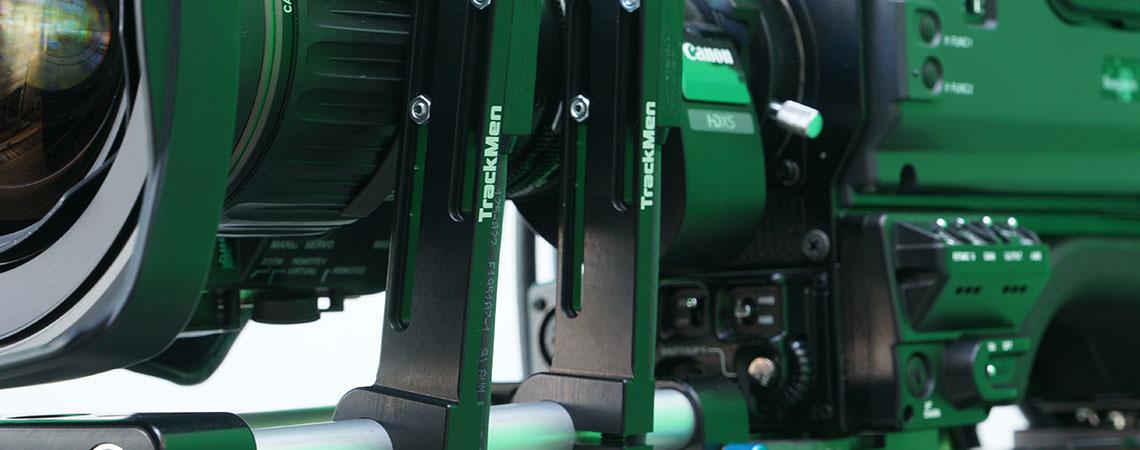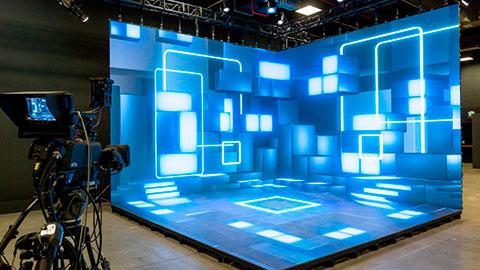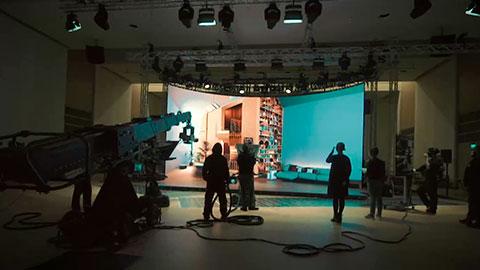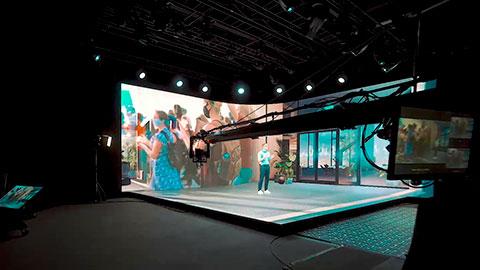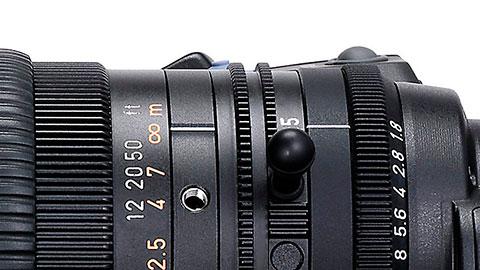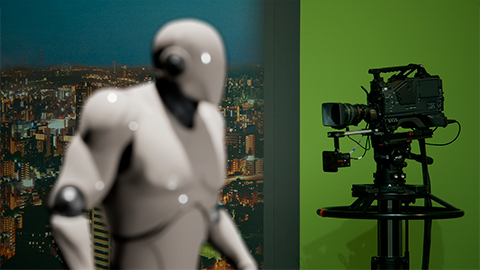To acquire a highly accurate lens calibration, it is essential for an exact match-up between real and virtual objects. To achieve this, we have come up with a steadfast solution to develop a unique lens calibration suited to any zoom lens whatever make or model. All parameters of your individual optics are calculated in an automatic image processing process.
This includes not only the field of view, but also essential parameters such as the distortion coefficient or the movement of the nodal point during zoom and focus movements. This leads to the highest matching precision for your Augmented Reality application.
Calculation of all required lens parameters of a virtual camera
No matter which lens or camera, our Zoom Lens Calibration measures the individual optical parameters of your system with the highest precision. In addition to the field of view, many other parameters of your optical system are recorded, for instance, the exact position of the centre of the image, the displacement of the nodal point along the optical axis and the distortion coefficients.
By doing this, we create the best possible model of your optical system, which then optimally defines the model of the virtual camera of your render engine.
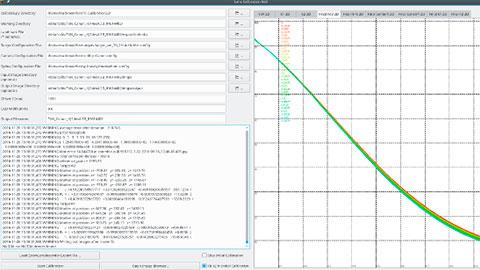
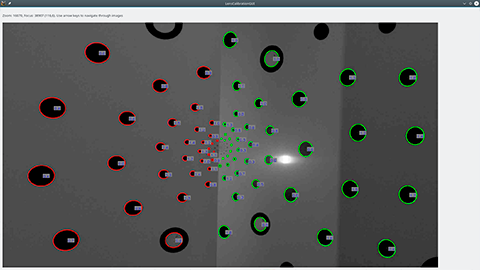
the procedure of automated image processing
We have invented this unique method of lens calibration for all our camera tracking systems. In contrast to other measurement methods offered on the market today, our approach is based exclusively on automated image processing process and not on the manual setting and experience of an operator. Our software automatically moves the lens through the entire zoom and focus range and records a three-dimensional calibration object. From this, our smart algorithms generate a lens file with all optical parameters. This can then be used by any of our camera tracking systems for real-time operation.
highest matching precision between real environment and virtual objects
With virtual productions, it is often necessary to bring virtual objects exactly into agreement with real objects or stage elements. Inaccuracies here lead to the virtual objects "floating"; the virtual illusion is destroyed. In particular for xR stages, the set extension requires to be continued seamlessly, i.e. the edge of the LED surfaces with the virtual set.
In addition to the precise determination of the position and orientation of all our camera tracking systems, we achieve an outstanding matching precision between real and virtual worlds through the precise measurement of the lens.
fast and easy exchange of different lenses
If different lenses are to be used during production, the appropriate lens files can be loaded into the camera tracking system. Meaning that the lens can be changed quickly and easily. If the centre of the image needs to be adjusted, the operator himself can readily do this without much ado.
individual lens calibration and precalibrated standard files possible
We highly recommend that you use an individually zoom lens calibration of your specific lens for the best possible results. As an alternative, precalibrated standard lens files can also be used. In which case, an existing lens file of an identical lens is used. Any differences to the individual properties of the lens can then be made by the user himself.

measurement of the focal distance defocusing virtual objects
The focal distance is measured as a further parameter. This is the distance at which the lens will focus. Based on this data, the graphic system can render the virtual objects in front of and behind this distance blurred. This creates a natural image impression, like a real, photo-realistic image.

